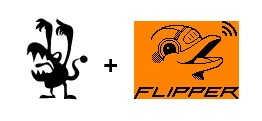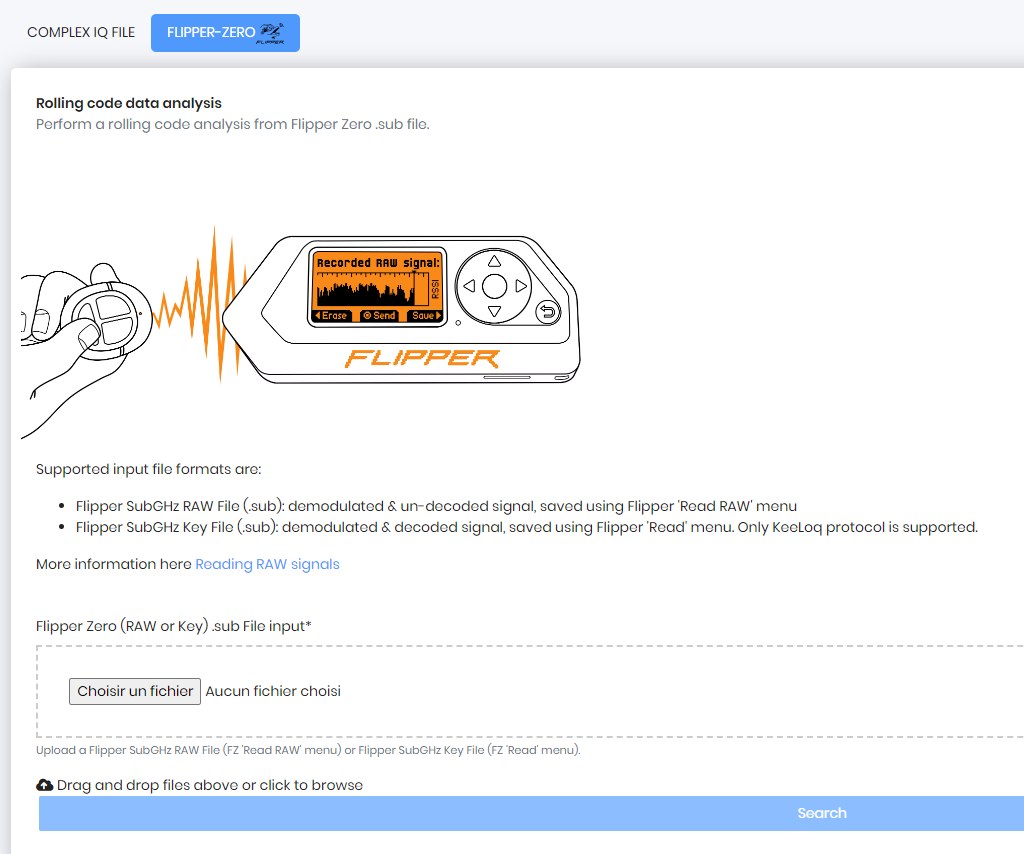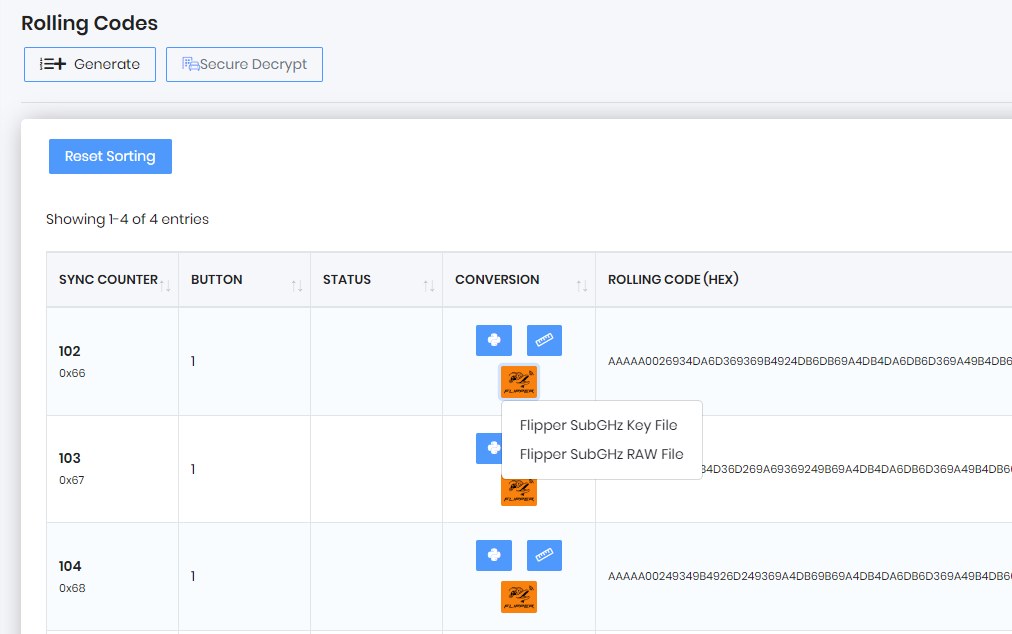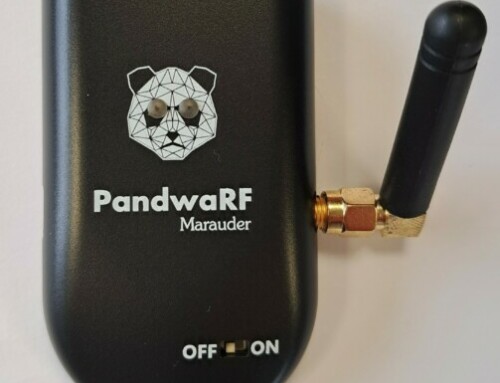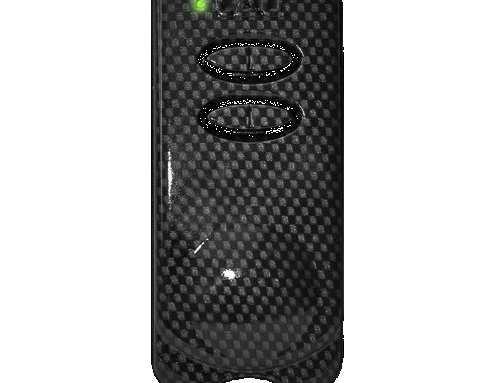Attention, Flipper Zero addicts,
we are thrilled to announce the release of a new Kaiju version with almost full Flipper Zero SubGHz support.
Kaiju now supports the following features:
Rolling code data analysis (input)
- Binary input
- Hexadecimal input
- Pulse duration input
- SDR complex IQ file
- Flipper SubGHz RAW File (.sub)
- Flipper SubGHz Key File (.sub)
Generation of rolling codes (output)
- Hexadecimal output
- RfCat Python script for PandwaRF or Yard Stick One
- Pulse durations
- Flipper SubGHz RAW File (.sub)
- Flipper SubGHz Key File (.sub)
The Flipper Zero .sub files are:
- generated using Main Menu -> Sub-GHz -> Read RAW or Main Menu -> Sub-GHz -> Read,
- loaded using Main Menu -> Sub-GHz -> Add Manually.
Here is a step by step on how to proceed.
Flipper -> Kaiju: Export data from FZ into Kaiju
- From your Flipper Zero, generate a Flipper SubGHz RAW or Key File (.sub)
- Save the .sub to your local computer
- Log in to Kaiju
- Click on Analyse menu ->IQ/Flipper Zero
- Click on Flipper Zero tab
- Drag and drop your Flipper SubGHz RAW or Key File (.sub)
- Flipper SubGHz RAW File: demodulated & un-decoded signal, saved using Flipper Read RAW menu
- Flipper SubGHz Key File: demodulated & decoded signal, saved using Flipper Read menu.
- Wait a few seconds until Kaiju finishes the analysis and click on Task results
- Et voila! Job done!
- You can now see the decrypted information of the remote corresponding to the input .sub file
- Brand & model
- Serial Number, Synchronisation counter
- Encoder, Cipher
- Much more…
- And you can now generate new rolling codes for this remote (see next section).
Kaiju -> Flipper: Export data from Kaiju into FZ
- In Kaiju History/Gate & Garage/KeeLoq/Custom, choose a previously analyzed remote (it doesn’t matter if the source was FZ .sub file, IQ file, binary data, …)
- If there are no rolling codes generated for this remote, generate at least 1 rolling code with the Generate button
- Refresh the page if the rolling codes do not appear (they might be still being generated…)
- Choose a Rolling Code to export to FZ, and click on the
 button
button - Select one of the 2 options:
- Flipper SubGHz RAW File (.sub): RAW file to replay on the FZ. 1 file = 1 rolling code. Can be replayed on any FZ variant (official, Xtreme, RogueMaster, Unleashed, …)
- Flipper SubGHz Key File (.sub): Key file, which allows the FZ to generate any rolling code. Can only be replayed on a FZ variant supporting the brand/model of the remote (see **).
- Save the .sub file and import it into your FZ (using qFlipper app, drag and drop .sub file into FZ sdcard/subghz folder)
- Load the file using the Main Menu -> Sub-GHz -> Saved -> Emulate
- Press the Send button to send as many rolling codes as you want!
- Et roule poupoule et petite tape dans le dos!
I hope you will enjoy this feature as much as we loved developing it!
- For those who don’t have a Flipper Zero yet, I recommend purchasing from Lab401. They have an impressive logistic process.
- For those who didn’t tried Kaiju yet, link below.
A short note on Kaiju’s current limitations:
- *: Only KeeLoq encryption protocol is supported, for both import and export. Other protocols (Nice FloR, Chamberlain, etc.) are not yet supported.
- **: to be more precise, the manufacturer code must be in the keeloq_mfcodes file on the SDcard.


